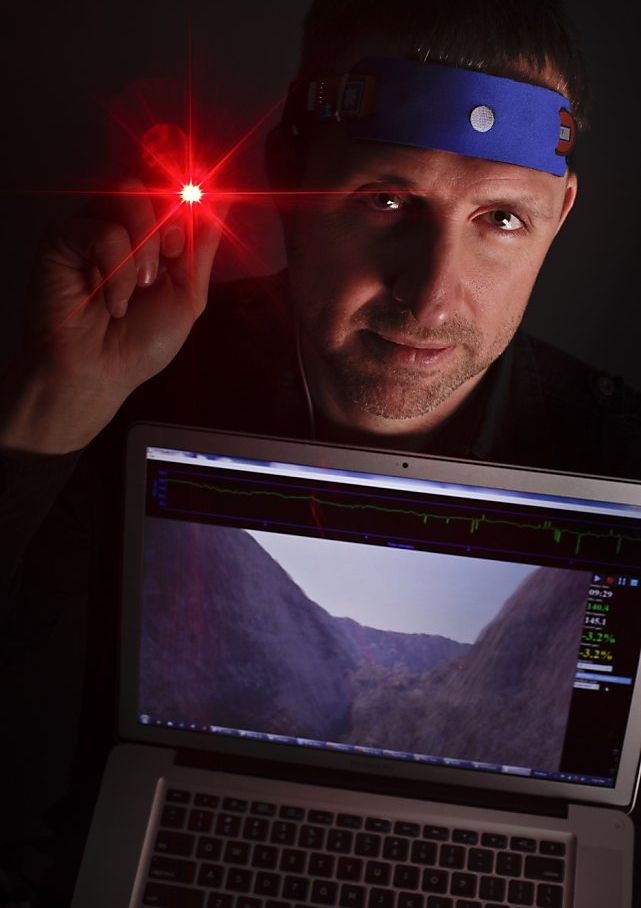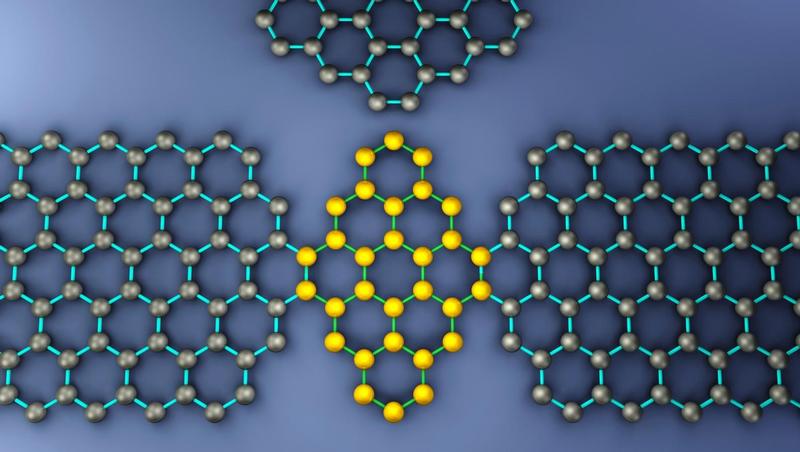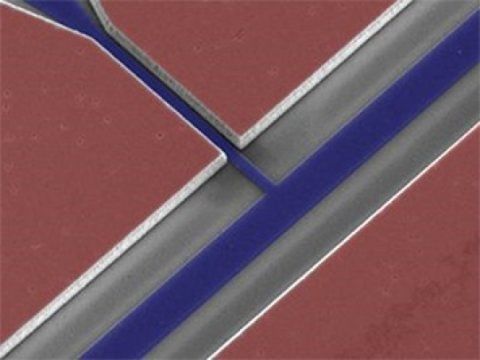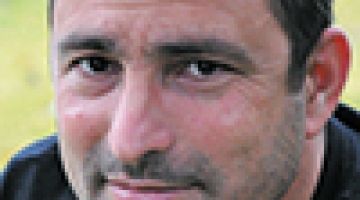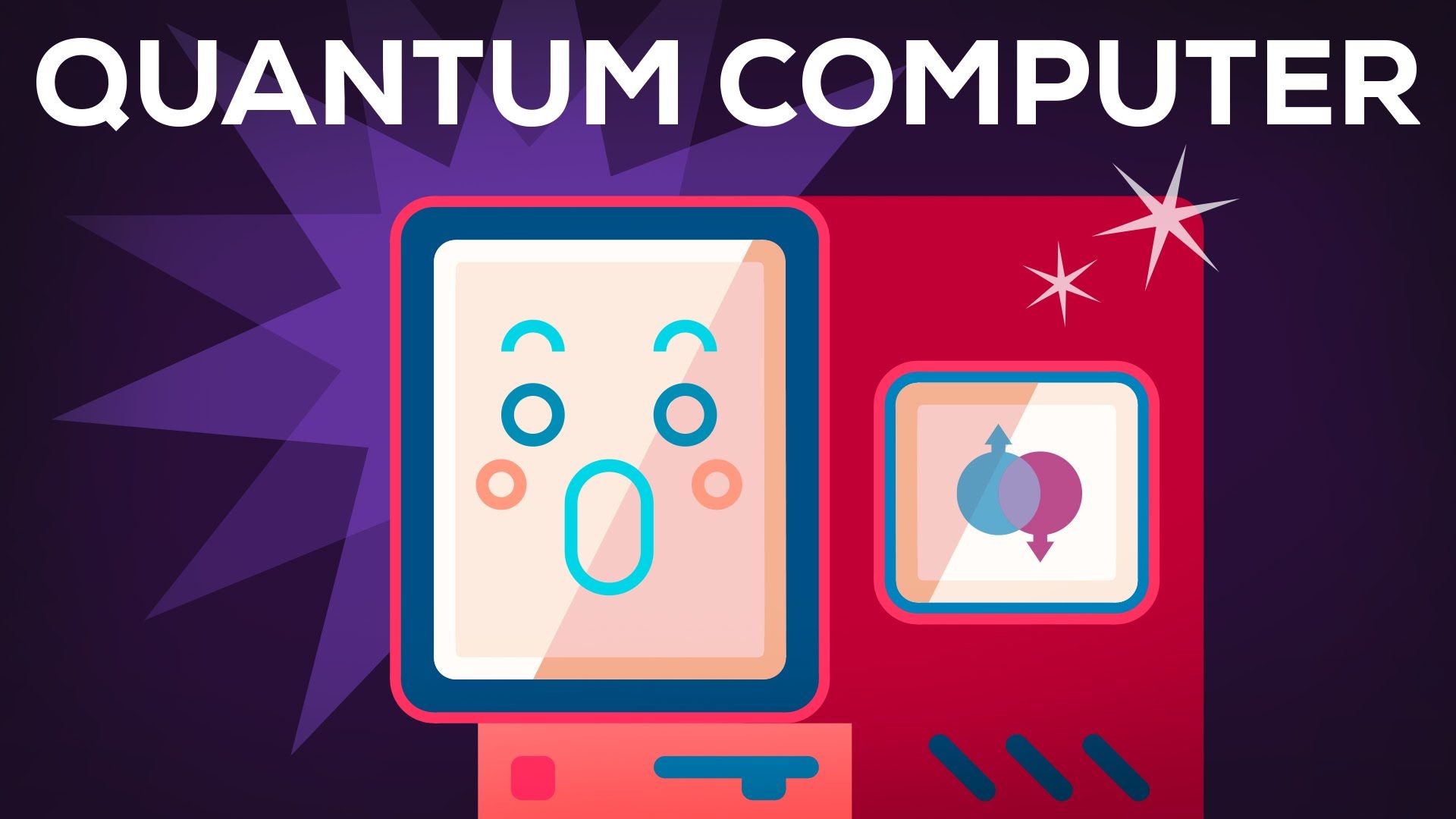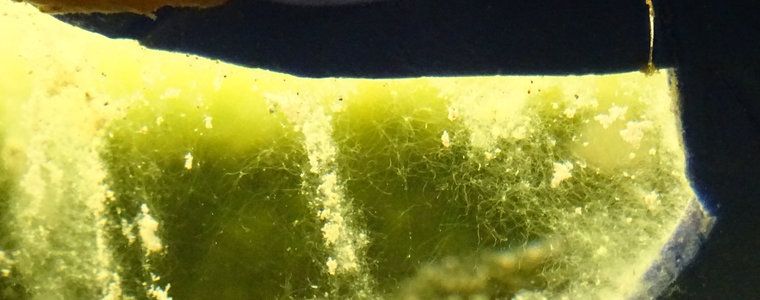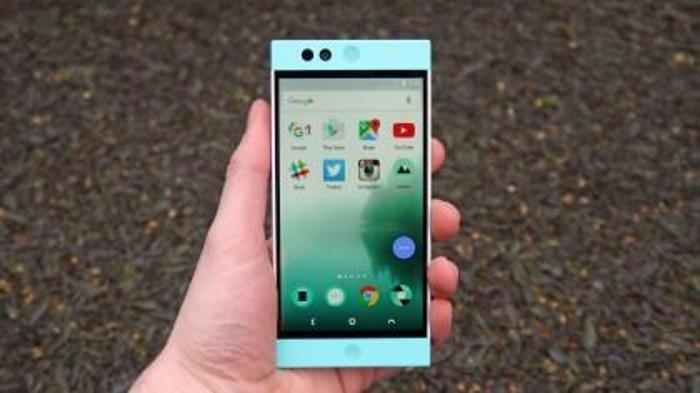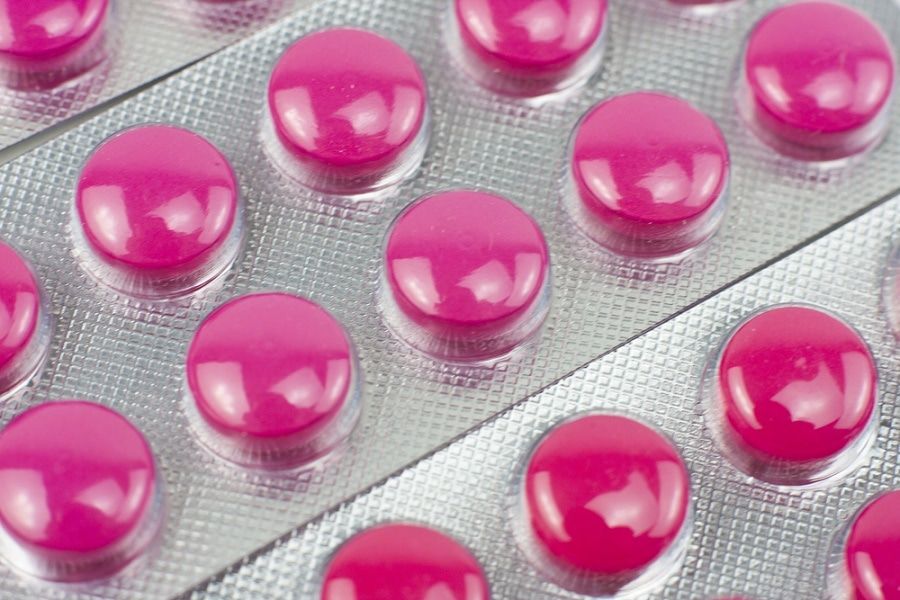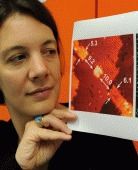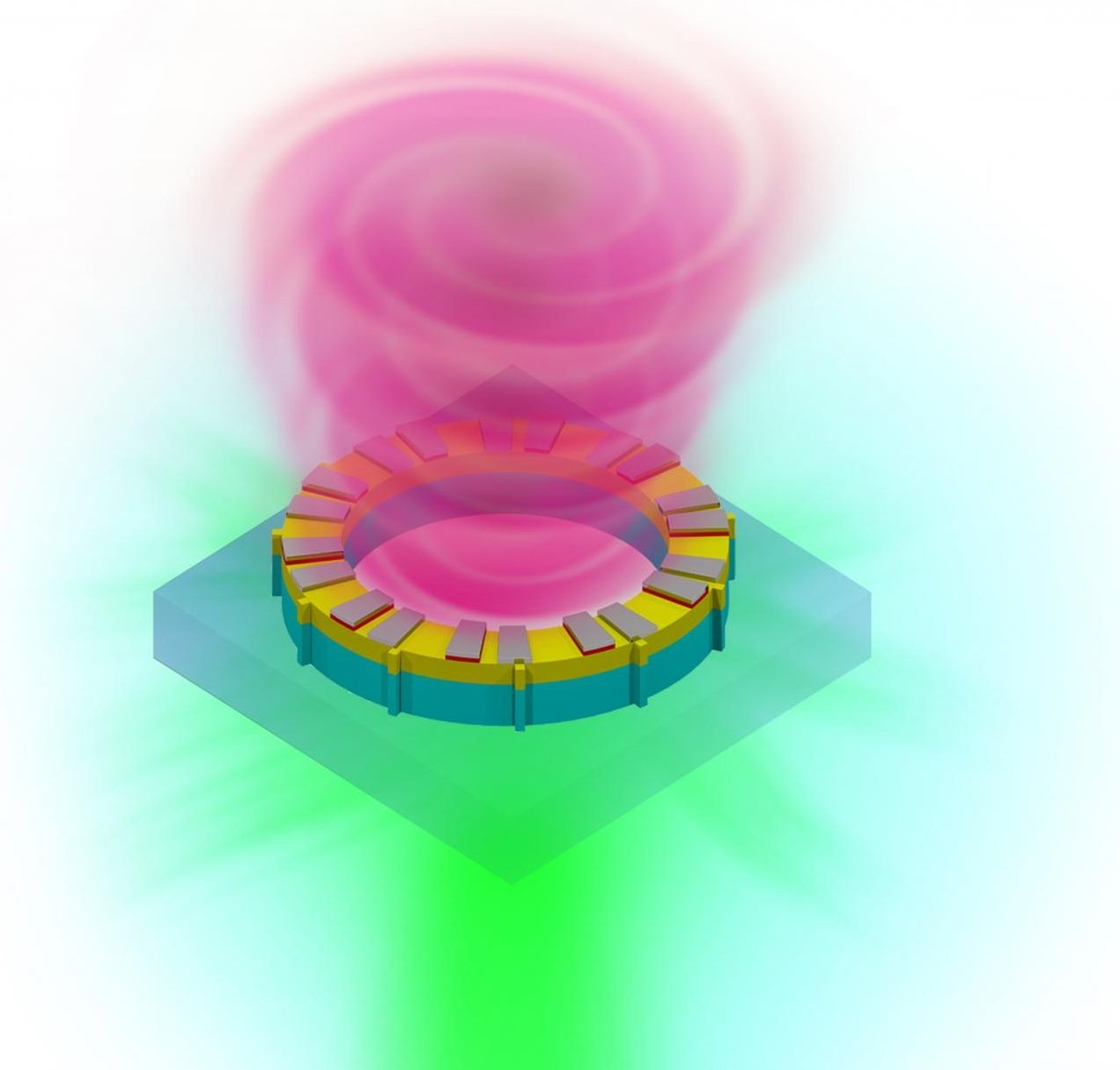My new OpEd article for the San Francisco Chronicle on chip implants and transhumanism: http://www.sfchronicle.com/opinion/openforum/article/Chip-en…694149.php They also did a 2-minute video of my presidential campaign: http://bit.ly/2aERJxc
The implant can do all sorts of things, like unlock my electronic house door, act as my password on my computer, and even send a text message when people with the right phone and app come near me. Keys, credit cards, ID cards, medical records and passwords — these are all things that can be replaced by a tiny chip in the hand. If having technology in your bodies sounds wacky, consider the millions of people around the world who have artificial hips or dentures, or deaf people who use cochlear implants to hear sounds. […] former Vice President Dick Cheney famously asked to have the Wi-Fi on his heart valve turned off, just in case terrorists tried to hack it. A company in Sylmar (Los Angeles County) called Second Sight already has FDA approval for bionic eyes.
